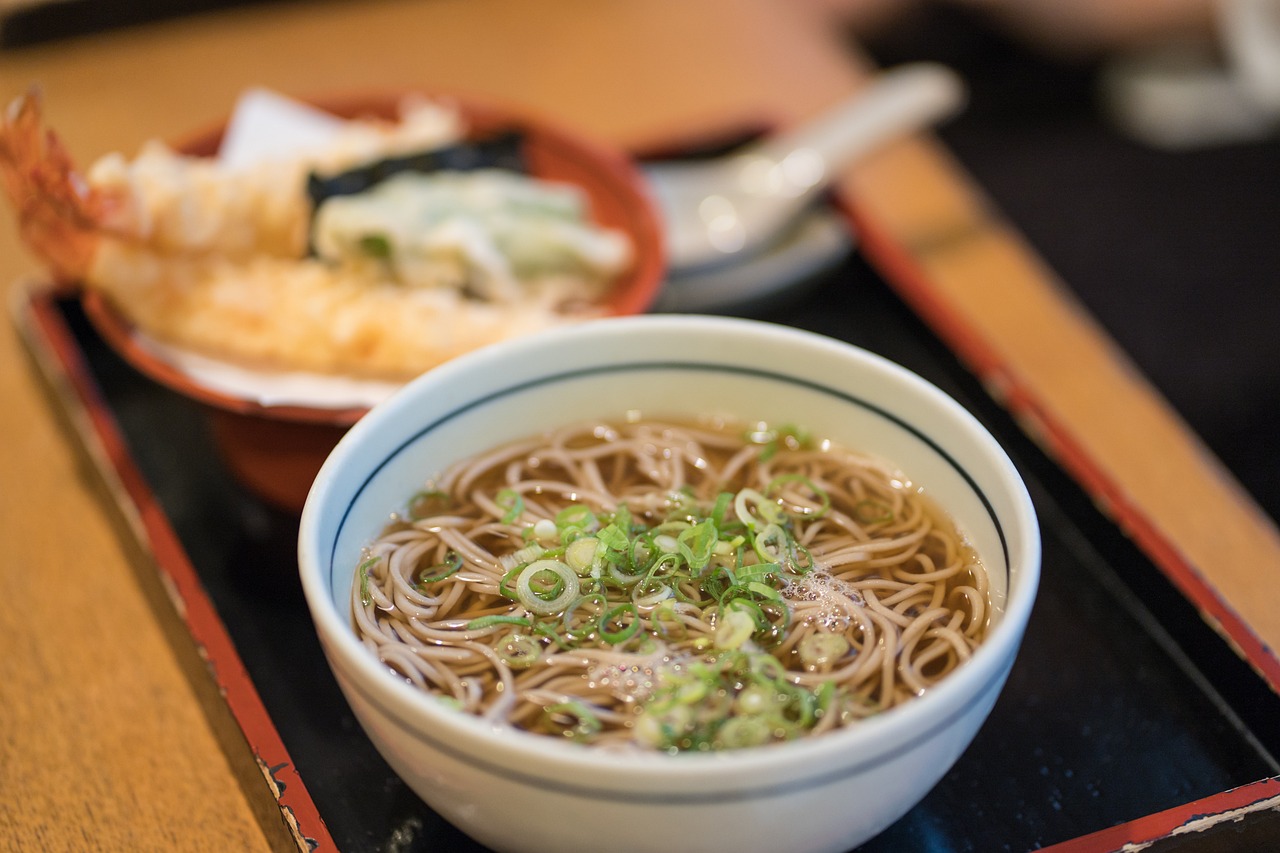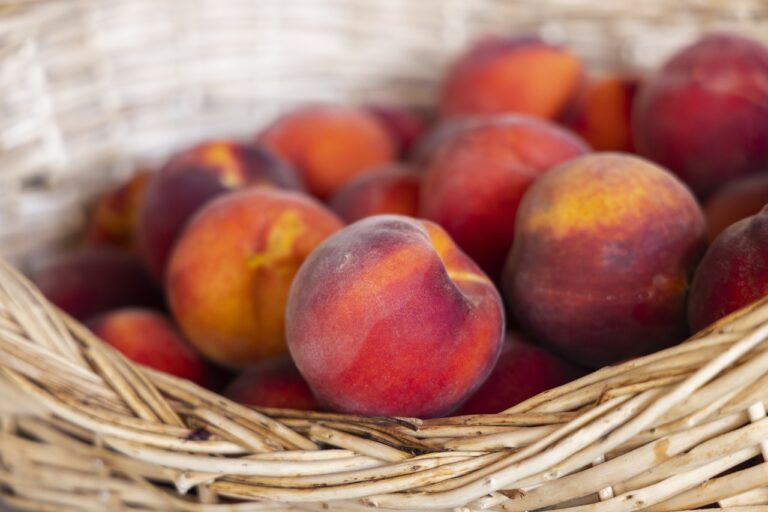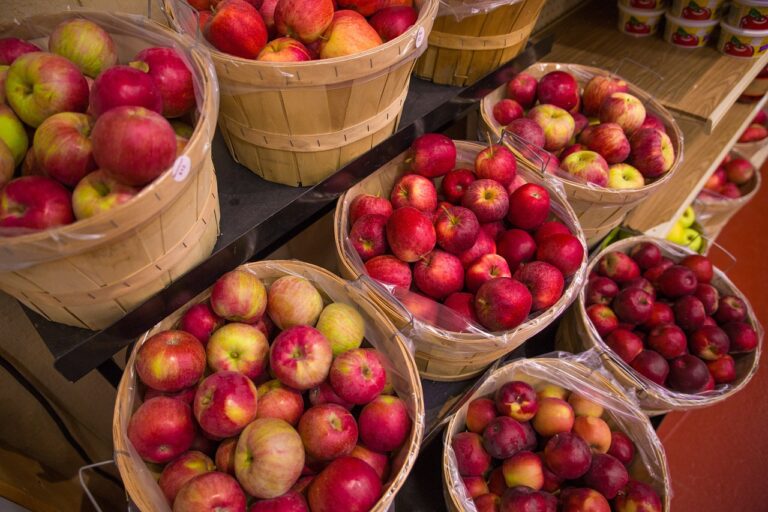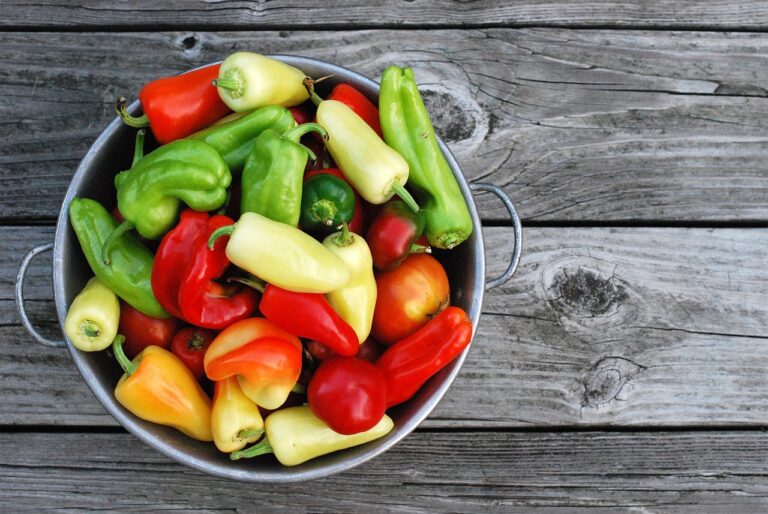How to Start a Food Blog: Tips and Advice
Starting a food blog can be a rewarding and fulfilling journey for those who have a passion for cooking, baking, and sharing their culinary creations with the world. Whether you’re a seasoned chef or a home cook looking to document your recipes and culinary adventures, creating a successful food blog requires careful planning, dedication, and creativity. In this article, we’ll explore some tips and advice on how to start a food blog from scratch and build a strong online presence in the food blogging community.
Choose a Niche
Before you start your food blog, it’s essential to narrow down your focus and choose a niche that sets you apart from other food bloggers. Consider what makes your cooking style unique and what types of recipes you’re most passionate about sharing. Whether you specialize in plant-based cuisine, gluten-free baking, or international flavors, finding your niche will help you attract a loyal following of readers who share your interests.
Create Engaging Content
One of the key ingredients for a successful food blog is creating high-quality, engaging content that resonates with your audience. Share your favorite recipes, cooking tips, and culinary inspirations in a clear and concise manner. Use beautiful images to showcase your dishes and make your readers hungry for more. Experiment with different types of content, such as how-to videos, recipe roundups, and kitchen product reviews, to keep your blog fresh and exciting.
Develop a Consistent Brand
Building a strong brand identity for your food blog is crucial for standing out in a crowded online marketplace. Choose a unique name and logo that reflects your personality and culinary style. Create a cohesive design aesthetic for your blog, including color schemes, fonts, and graphics that convey your brand’s message. Consistency is key when it comes to building brand recognition and attracting loyal followers.
Engage with Your Audience
Building a community around your food blog is essential for fostering reader engagement and growing your online presence. Respond to comments and messages from your readers, participate in social media conversations, and collaborate with other food bloggers to expand your reach. Host cooking challenges, giveaways, and virtual events to keep your audience excited and involved in your culinary journey.
Monetize Your Blog
Once you’ve established a loyal following and created a library of valuable content, you can explore opportunities to monetize your food blog. Consider partnering with brands for sponsored content, joining affiliate marketing programs, or selling your own products, such as cookbooks, cooking classes, and merchandise. Diversifying your income streams will help you turn your passion for food blogging into a profitable business.
Optimize for SEO
Optimizing your food blog for search engines is essential for driving organic traffic and increasing your visibility online. Research relevant keywords and phrases that your target audience is searching for, and incorporate them strategically into your blog posts, recipe titles, and meta descriptions. Create a sitemap, optimize your images, and build backlinks from reputable websites to improve your blog’s search engine ranking and attract more visitors.
Stay Inspired and Creative
As a food blogger, it’s important to stay inspired and creative in your content creation to keep your readers engaged and coming back for more. Experiment with new recipes, explore different culinary traditions, and share your personal stories and experiences with your audience. Stay true to your unique voice and vision, and continue to evolve and grow as a food blogger to stay relevant in the ever-changing digital landscape.
Frequently Asked Questions
Q: How much does it cost to start a food blog?
A: The cost of starting a food blog can vary depending on your specific needs and goals. In general, you can expect to pay for domain registration, web hosting, design services, and marketing expenses. However, there are many affordable options available for beginners, such as using a free blogging platform or DIY website builder.
Q: How do I monetize my food blog?
A: There are several ways to monetize your food blog, including sponsored content, affiliate marketing, selling products or services, and advertising. Choose a monetization strategy that aligns with your brand and audience, and be transparent with your readers about any sponsored or affiliate content.
Q: How can I grow my audience as a food blogger?
A: Growing your audience as a food blogger requires consistent and engaging content, active promotion on social media, collaboration with other bloggers and brands, and SEO optimization. Build relationships with your readers, respond to comments and messages, and participate in food-related events and communities to expand your reach.
Starting a food blog can be a fun and rewarding way to share your passion for cooking and baking with a global audience. By following these tips and advice, you can build a successful food blog from scratch and establish yourself as a trusted voice in the food blogging community. Remember to stay true to your unique style and vision, engage with your audience, and continue to innovate and grow as a food blogger to achieve long-term success.







